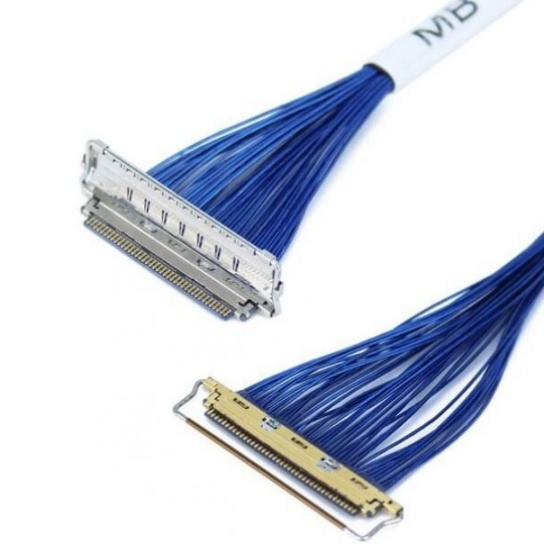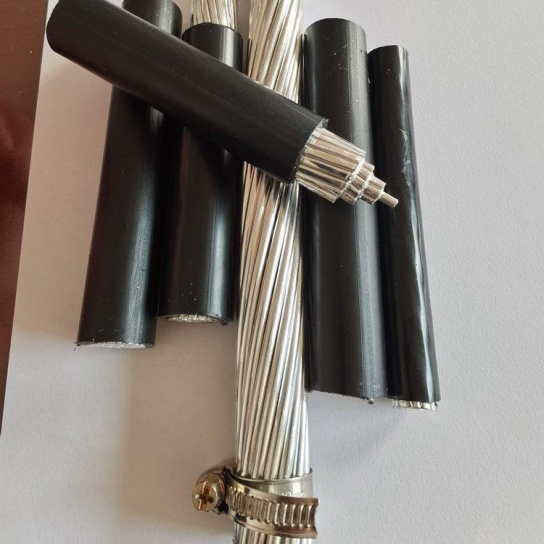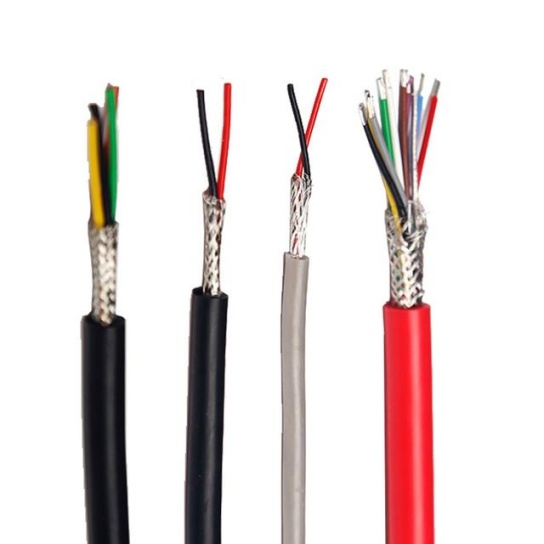What Safety Standards Apply to Aviation Cable? Ensuring Airworthiness Through Rigorous Compliance
Aviation cables, the vital arteries of an aircraft’s electrical, control, and instrumentation systems, operate in an environment where failure is not an option. The safety standards governing these components are exceptionally stringent, developed to ensure maximum reliability, durability, and fire safety under extreme conditions. Understanding these standards is critical for manufacturers, maintainers, inspectors, and suppliers involved in the aviation ecosystem. This guide outlines the key safety standards applicable to aviation cable.
Why Aviation Cable Standards are Non-Negotiable
Aircraft face unique challenges: extreme temperature fluctuations, pressure changes, vibration, exposure to fluids (hydraulic oil, fuel, de-icing chemicals), and the critical need to prevent fire propagation. Faulty wiring has been a contributing factor in aviation accidents. Consequently, aviation cable standards are designed to:
- Ensure Flight Safety: Prevent electrical failures that could lead to loss of control or critical system malfunction.
- Minimize Fire Risk: Require materials with low flammability, low smoke emission, and low toxicity (Low Smoke Zero Halogen – LSZH or equivalent).
- Guarantee Performance: Maintain electrical integrity and mechanical strength throughout the aircraft’s operational life under harsh conditions.
- Promote Airworthiness: Comply with regulatory mandates required for aircraft certification and continued operation.
Key Aviation Cable Safety Standards Organizations
Several major organizations develop and maintain the standards:
- SAE International (Society of Automotive Engineers): Historically the primary developer of aerospace wiring standards in the US, widely adopted globally.
- FAA (Federal Aviation Administration): The US regulatory body that sets airworthiness requirements and accepts standards (like SAE) for certification.
- EASA (European Union Aviation Safety Agency): The EU counterpart to the FAA, setting regulatory requirements for Europe.
- RTCA: Develops technical standards, often incorporated by reference by regulators.
- ISO (International Organization for Standardization): Develops international standards, increasingly harmonizing aerospace practices.
- Specific OEM (Original Equipment Manufacturer) Specifications: Airbus, Boeing, etc., have their own detailed wiring specifications that often reference or build upon the core standards.
Core Safety Standards for Aviation Cable
Aviation cable safety is addressed through a layered approach involving material specifications, performance testing, and installation/maintenance practices. Here are the most critical standards:
- SAE AS22759 Series: Insulated Electrical Wire (The Benchmark):
- What it covers: This is the foundational standard series for most aerospace wire. It details requirements for various wire constructions based on voltage rating, temperature rating, and environmental resistance.
- Key Standards within AS22759:
- AS22759/1XX: Generally for unshielded wires (e.g., /87, /92, /95, /98).
- AS22759/2XX: For shielded wires (e.g., /286, /287).
- AS22759/16: Wire, Electrical, Fluoropolymer Insulated, Copper Conductor, 600 Volt (Common high-temp wire).
- AS22759/34, /35, /36, /44: Wire, Electrical, Polytetrafluoroethylene (PTFE) Insulated, Nickel-Coated Copper Conductor (Used in high-temp/fire zones).
- AS22759/80 Series: Wire, Electrical, Lightweight, Thin Wall (Increasingly popular for weight savings).
- Critical Safety Tests (defined in SAE AS4373 – Test Methods for Insulated Electric Wire):
- Flammability: Vertical flame test (per FAR 25.853 / CS 25.853 Appendix F Part I), 60-degree angle test for some types.
- Smoke Density: Measured under controlled burning conditions (e.g., FAR 25.853 App F Part V).
- Fluid Resistance: Exposure to aircraft fluids (jet fuel, oils, hydraulic fluids, cleaners) without degradation.
- Arc Tracking Resistance: Measures resistance to conductive carbon paths forming after arcing.
- Dielectric Strength & Insulation Resistance: Ensures electrical integrity.
- Abrasion Resistance: Withstands mechanical wear.
- Flexibility & Cold Bend: Performance at low temperatures.
- Cut-Through Resistance: Resistance to damage during installation/maintenance.
- FAA Regulations & Advisory Circulars (ACs):
- FAR Part 25.853 (CS 25.853 in Europe): Mandates flammability requirements for materials in compartments where fires are likely to occur (cabin, cargo, lavatories, etc.). This drives the specific flame, smoke, and toxicity tests cables must pass.
- FAA AC 43.13-1B (Acceptable Methods, Techniques, and Practices – Aircraft Inspection and Repair): Provides accepted practices for wiring installation, repair, and inspection. While not itself a regulation on cable manufacture, it heavily informs maintenance procedures and references standards like AS50881.
- FAA AC 20-135: Addresses electrical bonding and protection against lightning and static electricity.
- SAE AS50881: Wiring Aerospace Vehicle (Installation Standard):
- What it covers: This is the comprehensive standard governing the installation of electrical wiring systems in aerospace vehicles. It details requirements for wire selection, separation, routing, bundling, protection (conduit, sleeving), termination, marking, shielding, bonding, and grounding.
- Why it matters: Even the best cable can fail if installed incorrectly. AS50881 ensures standardized, safe practices and compatibility.
- RTCA/DO-160: Environmental Conditions and Test Procedures for Airborne Equipment:
- What it covers: While primarily focused on equipment (LRUs), sections like Section 19 (Temperature Variation), Section 20 (Humidity), and Section 21 (Salt Spray/Fog) are often applied to wiring harness assemblies or validate the environmental resistance specifications called out in AS22759 cables.
- OEM Specifications:
- Manufacturers like Boeing (D6, BAC, BMS specs), Airbus (AIMS, ABS specs), Bombardier, Embraer, etc., issue their own detailed wiring system specifications. These documents specify the exact wire types (usually AS22759 grades), connectors, sleeving, installation practices (often based on AS50881), and harness build requirements permitted for their specific aircraft models. Compliance with the relevant OEM spec is mandatory for parts used on that aircraft.
Beyond Manufacture: Installation & Maintenance Standards
Safety extends beyond the cable itself:
- AS50881: As mentioned, the key installation standard.
- FAA AC 43.13-1B: Guidance for maintenance technicians.
- Procedures for Wiring Maintenance (e.g., inspection for chafing, cracking, fluid contamination): Based on the above standards and manufacturer data.
- Component Maintenance Manuals (CMMs) & Aircraft Maintenance Manuals (AMMs): Provide task-specific instructions.
The Importance of Certification & Traceability
- Third-Party Testing: Cables must be rigorously tested by accredited labs to prove compliance with AS22759.
- Qualified Products Lists (QPLs): Standards like AS22759 often have QPLs maintained by the governing body, listing suppliers whose products have been tested and certified to meet the standard.
- Traceability: Aviation cables require strict traceability from raw materials through manufacturing. Batch numbers, test reports, and Certificates of Conformance (CofC) are mandatory, ensuring every foot of wire meets the required standard.
Conclusion: A Framework for Uncompromising Safety
The safety of aviation cable is governed by a comprehensive, multi-layered framework of interrelated standards and regulations. Core specifications like SAE AS22759 define the material and performance requirements of the wire itself, ensuring it can withstand harsh environmental conditions and critically, resist fire. Installation standards like SAE AS50881 ensure these cables are integrated safely and reliably into the aircraft. Regulatory mandates (FAR/CS 25.853) drive fire safety performance, while OEM specifications mandate precise application requirements.
Compliance isn’t merely about meeting specifications; it’s about adhering to a rigorous system designed for one purpose: ensuring the absolute reliability and safety of the aircraft’s electrical nervous system, flight after flight. Understanding and adhering to these standards is fundamental to maintaining the unparalleled safety record of modern aviation. For anyone specifying, supplying, installing, or maintaining aircraft wiring, deep knowledge of these standards is not just best practice—it’s essential for airworthiness.






